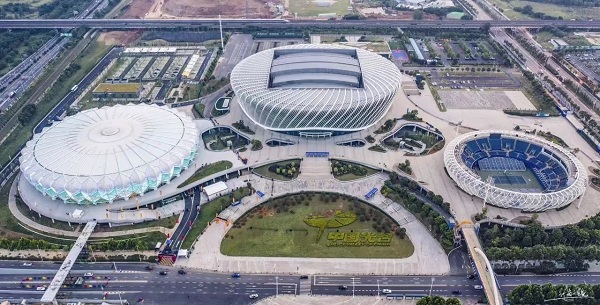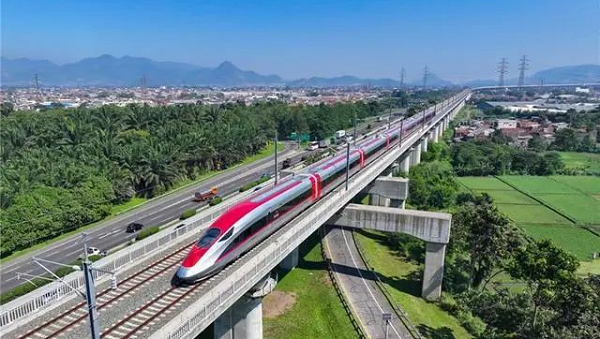Wuhan metropolitan area's GDP exceeds 3 trillion yuan

In an aerial photo, the logo of "Optics Valley of China" can be seen on the grass. [Photo/Optics Valley of China]
Hubei's GDP ranked seventh in the nation last year, and about 60 percent of it came from the Wuhan metropolitan area.
The Wuhan metropolitan area is also known as the Wuhan "1+8" metropolitan area, referring to an area centered on Wuhan – the largest city in Central China, and including eight large and medium-sized nearby cities – Huangshi, Ezhou, Huanggang, Xiaogan, Xianning, Xiantao, Tianmen and Qianjiang.
The term Wuhan metropolitan area was put forward by the Hubei government in 2004, and the government called for physical connectivity among these cities, especially in terms of infrastructure. For example, Gaoxin Avenue links the Gedian Economic & Technological Development Zone in Ezhou with the East Lake High-tech Development Zone (also known as Optics Valley of China, or OVC) in Wuhan.
Meanwhile, Wuhan is being urged to lead the surrounding cities in sci-tech innovation. To make this happen, the Optics Valley Sci-tech Innovation Corridor was established, consisting of Wuhan, Ezhou, Huangshi, Huanggang and Xianning. In 2021, the five cities have so far planned 82 major projects, with the majority of them having already been launched.
Xianning in recent years has become a new home to many enterprises originally based in Wuhan. The two cities have a clear division of work: Wuhan mainly focuses on developing the headquarters economy, while Xianning provides manufacturing supplies and services. Over the past two years, Xianning has introduced a large number of high-end talents from Wuhan universities and scientific institutions.




